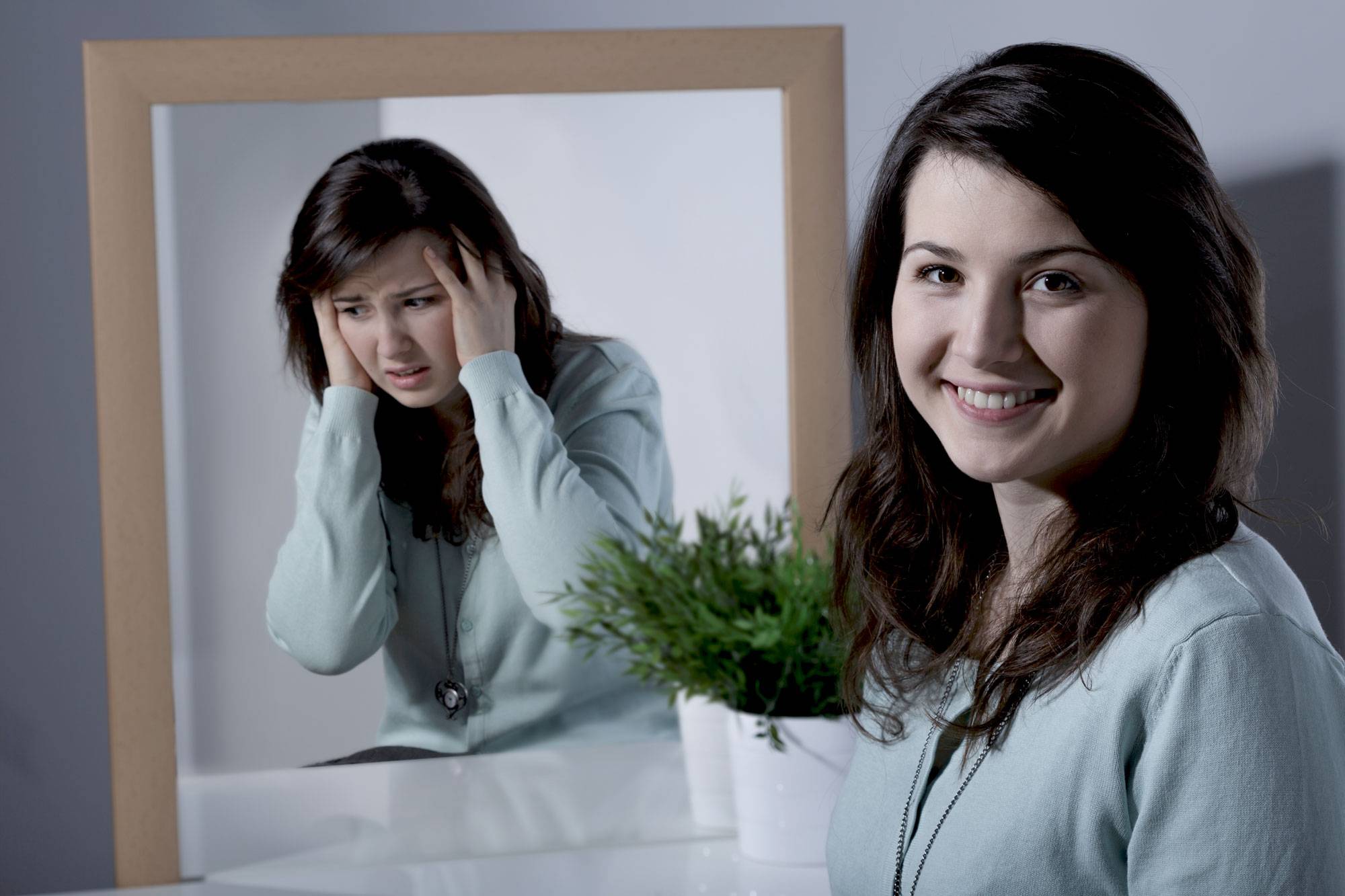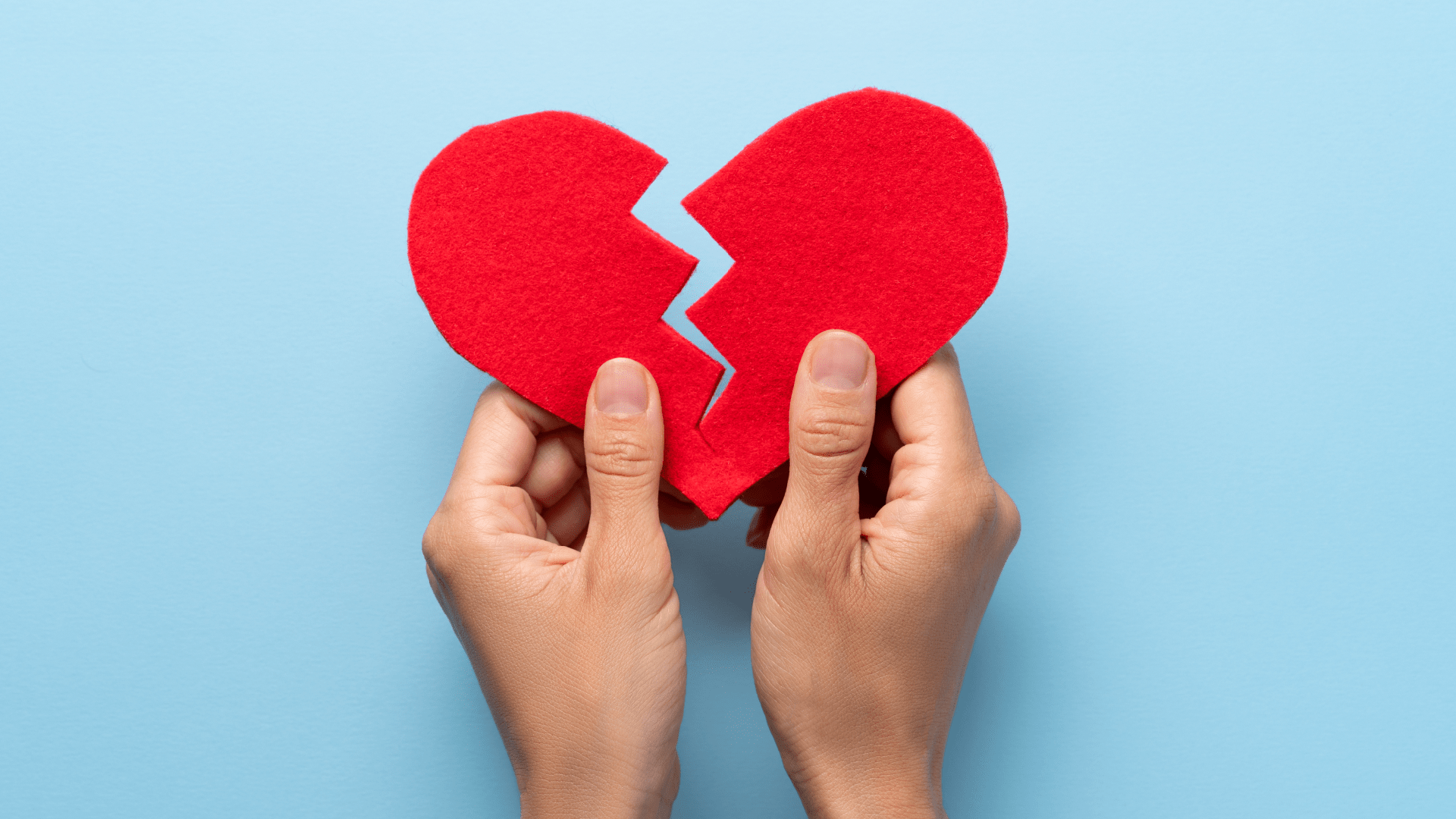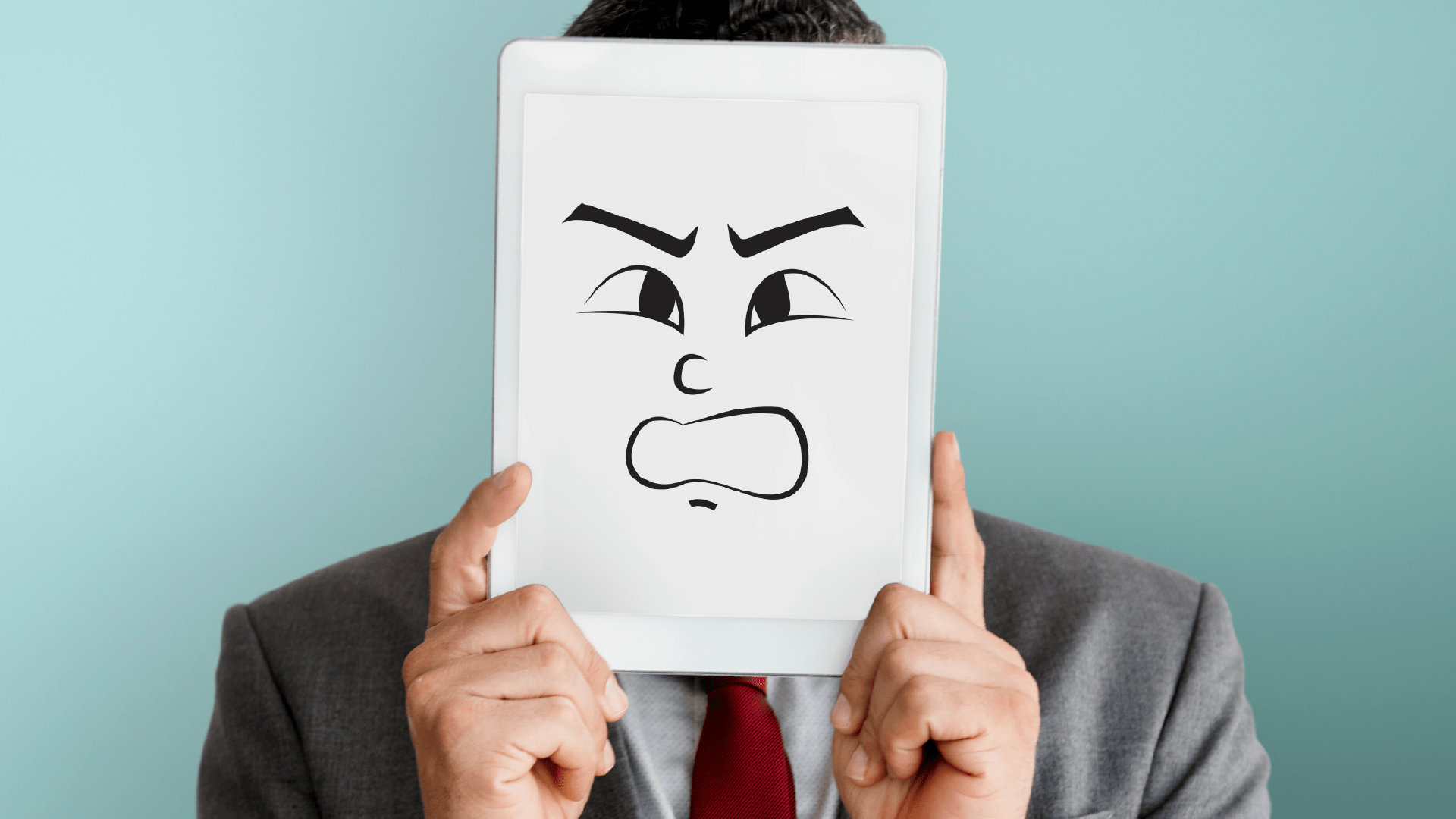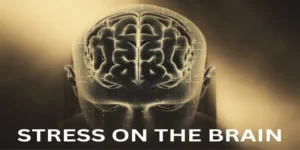One of the most popular modern political TV series, Homeland, is considered a very accurate depiction of Bipolar Disorder. Carrie Mathison is a CIA operative in the show who uses her investigative skills to fight terrorism through espionage and clever tactics. Many thought Claire Danes (the actress portraying Mathison) had bipolar Disorder as a result of her extraordinary acting. Nonetheless, the show struck a chord with viewers, and everyone was hooked. Not just Homeland, Bipolar Disorder has often been depicted in modern pop culture. Today, we talk about bipolar Disorder, its signs & symptoms and how to treat its various types.
Bipolar Disorder: Types, Signs, Symptoms and Treatment
Bipolar Disorder is a mental health disorder characterized by extreme shifts in energy, mood and concentration levels, leading to the inability to perform everyday tasks effectively. The Disorder was previously called manic-depressive illness or manic depression.
Types of Bipolar Disorder
There are two types of bipolar disorders characterized by sudden changes in mood and periods of inactivity: Bipolar I Disorder and Bipolar II Disorder. The range of these mood swings is manic episodes (irritable or extremely energized behaviour), depressive episodes (indifferent, sad, and depressive behaviour) and hypomanic episodes (manic periods of comparatively lesser activity and duration). The two types of bipolar Disorder are:
Bipolar I Disorder
Episodes of severe manic symptoms define bipolar I disorder for at least seven days. The symptoms of this type are severe and require immediate medical attention. A period of depressive symptoms, accompanied by manic episodes lasting for two weeks at a stretch, can also be seen during this period.
Bipolar II Disorder
Episodes of hypomanic and depressive behaviour define this type. With Bipolar II Disorder, the person’s behaviour ranges from erratic highs to depressive lows, even though the symptoms are not as extreme as those in Bipolar I Disorder.
At times, the individual may experience different symptoms of bipolar disorder that do not align with the categories mentioned above. These symptoms are often grouped under unspecified bipolar disorders. Typically, individuals in their early adulthood or later adolescence are diagnosed with bipolar Disorder. Pregnant women are also susceptible to bipolar Disorder, and while it may be rare, these symptoms have also been observed in children.
Our Wellness Programs
What is Bipolar I Disorder?
Bipolar I Disorder is the first among the two types of bipolar Disorder. It is defined by the occurrence of one or more states of highly elated moods, excited states, and dramatic behaviour changes. All the episodes of bipolar I disorder do not follow a set pattern. These erratic behaviours may last from a few hours to several years. A person may feel depressed for a prolonged duration before turning jovial. These periods of polar behaviour may last weeks, months, or in some cases, even years. The severity and period of the symptoms vary from person to person.
Looking for services related to this subject? Get in touch with these experts today!!
Experts

Neelam Parwani

India
Life Coach
Experience: 5 years

Sapna Zarwal

India
Psychologist
Experience: 19 years

Deepti Gandhi

India
Life Coach
Experience: 6 years
Symptoms of Bipolar I Disorder
A person who has Bipolar I Disorder has experienced at least one manic episode in their lifetime. Elevated moods, super-excited states and irritable behaviour characterize a manic episode. Most often than not, a person suffering from bipolar I disorder also suffers from periods of depression and extreme lows. The most common symptoms are as follows.
1. Periods of extreme happiness, excitement and fun
2. A sudden switch in mood from happiness to hostility
3. Incoherent speech and articulation
4. High sex drive
5. Drug and alcohol abuse
6. Poor eating habits and loss of appetite
7. Impulsive decisions
8. Unrealistic and grand plans
9. Increased activity and lack of sleep
Causes of Bipolar I Disorder
There are no definitive causes of Bipolar I Disorder; many factors can contribute to the onset of this type of Disorder. Here are a few factors that can contribute to the genesis of Bipolar I Disorder:
Genetics
Having a first-degree relative diagnosed with the Disorder increases the risk of acquiring the illness.
Biological Factors
It is common for a person suffering from the Disorder to have an anomaly in the brain’s structure. These anomalies are often touted to be the reason behind the development of bipolar Disorder.
Environmental Factors
Factors like extreme stress, physical illness, physical abuse or substance abuse may also trigger this Disorder.
Treatment of Bipolar I Disorder
Like all mental illnesses, Bipolar Disorder can be treated with a combination of medication, therapy and lifestyle changes. However, the treatment helps in containment and not cure. Here are the various forms of treatment for Bipolar I Disorder:
Medication
A doctor may administer specific mood stabilizers and second-generation antipsychotics to treat the Disorder. Targeted sleep therapy is also one of the methods that are used to treat Bipolar I Disorder.
Psychotherapy
Talk therapy, where the therapist educates the patient on how to manage the Disorder, recognize thought patterns and develop coping mechanisms, is proven helpful in treating Bipolar I Disorder.
Electroconvulsive Therapy
A brain stimulation process is especially administered in severe cases. This therapy is safe and performed under the effect of anaesthesia.
Transcranial Magnetic Stimulation
A relatively newer process that uses magnetic waves to treat severe depression.
Lifestyle Changes
Regular exercise, a healthy diet, and meditation help combat bipolar Disorder.
What is Bipolar II Disorder?
With similar mood swings, Bipolar II Disorder is almost the same as Bipolar I Disorder. However, the extremes are slightly moderate compared to Bipolar I Disorder. The reduced elevated mood episodes are called hypomanic episodes or hypomania. Most individuals who suffer from this Disorder experience more prolonged periods of depression called Manic Depression.
Symptoms of Bipolar II Disorder
The onset of bipolar II Disorder starts with the following symptoms:
1. Feeling of hopelessness and depression
2. Loss of energy
3. Drowsiness and lack of activity
4. Insomnia
5. Sadness and restlessness
6. Forgetfulness
7. Slow or slurred speech
8. Reduced sex drive
9. Developing eating habits that may lead to anorexia or obesity
10. Bouts of uncontrollable crying
11. Suicidal tendency and thoughts of self-harm
12. Feeling of worthlessness
13. Anhedonia or inability to feel pleasure
The depressive episodes in bipolar II disorders can later develop into clinical depression. Some individuals may experience both Bipolar II Disorder and clinical depression in intervals, while a few experience prolonged feelings of sadness.
Causes of Bipolar II Disorder
The triggers of bipolar II Disorder are the same as that of bipolar I disorder. However, they are not yet definitely proven. Some of the causes of Bipolar II Disorder are:
Brain Damage
Potential damages, be they psychological or physical, can eventually cause the development of Bipolar II Disorder.
Genetics
A family history of these disorders increases the risk factors by many folds. Although the genetic transfer of Bipolar Disorder is still under study, it has been observed in many cases.
Environmental Factors
A history of abuse, trauma, anxiety or excessive stress can increase the risk of bipolar II Disorder.
Treatment of Bipolar II Disorder
Like Bipolar I Disorder, Bipolar II Disorder does not have a specific treatment. Doctors usually recommend antidepressants, mood stabilizers and antipsychotics to patients to help deal with the symptoms associated with the illness. Another popular treatment is psychotherapy, wherein a therapist helps the patient recognize various symptoms and how to manage them.
What is Cyclothymic Disorder?
Cyclothymic Disorder is a mental disorder defined by sudden changes in mood, from extreme highs to extreme lows. Though similar to Bipolar Disorder, symptoms in the case of Cyclothymic Disorder are less severe. Generally, people with this disorder do not seek medical help since the symptoms are not extreme, resulting in many undiagnosed cases of this type of Disorder.
People suffering from this Disorder are at very high risk of developing Bipolar Disorder. Even though both men and women suffer from this disease, the percentage of women developing this Disorder is higher.
Symptoms of Cyclothymic Disorder
Cyclothymic Disorder causes short bouts of mood swings, ranging from low to extremely high, also called hypomania. As the low mood periods do not last very long and are not severe, this Disorder often goes unnoticed. Thus, it does not qualify as clinical depression or bipolar Disorder. The general symptoms of Cyclothymic Disorder are:
1. Frequent mood swings followed by a period of extreme happiness
2. Feeling of laziness or sluggishness
3. Loss of interest in day-to-day activities
4. Forgetfulness
Causes of Cyclothymic Disorder
The triggers for Cyclothymic Disorder are yet unknown, and researchers are currently working to discover the cause of the illness. Genetics, stress, trauma, and physical and mental abuse are the most probable causes of this type of Disorder.
Treatment of Cyclothymic Disorder
People suffering from Cyclothymic Disorder are often left undiagnosed, which can cause complex mental health issues. Early treatment and prevention help the person to recover faster. The most common treatments available are:
Medication
Doctors often recommend antidepressants, anti-epileptic drugs and mood stabilizers to treat this condition.
Psychotherapy
Therapies such as ‘talk therapy’ are recommended to treat the Disorder.
Is Psychotherapy the Best Treatment for Bipolar Disorder?
In addition to medication, Psychotherapy (especially talk therapy) is an excellent treatment for long-term bipolar Disorder. A psychotherapist is trained to diagnose the Disorder and motivate the patient to avail of treatment. People with bipolar Disorder may not feel that something is wrong with them, even though their close friends and family may recognize the sudden changes due to the onset of the Disorder. Lack of proper treatment could lead to long-term damage to the patient.
Living with Bipolar Disorder is hard for both the individual and their kin. Although people suffering from this Disorder must undergo treatment for the entirety of their lives, constant support from family and friends can do wonders. It is imperative to lead a healthy lifestyle, stay away from alcohol and drugs, and adopt a healthy exercise and meditation regime.


 Conflict Management in Relationships
Conflict Management in Relationships

 Healing from Heartbreak
Healing from Heartbreak
 Coping With Anxiety
Coping With Anxiety
 Get Started With Mindfulness
Get Started With Mindfulness
 Healing With Meditation
Healing With Meditation
 Anger Management
Anger Management








